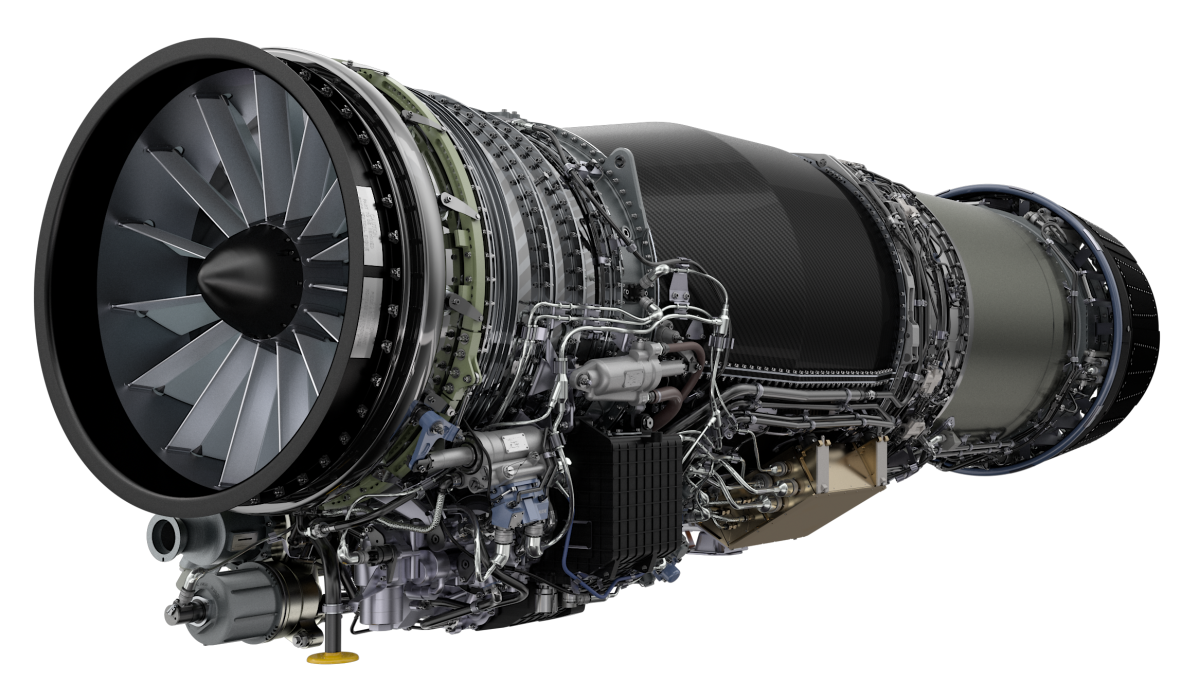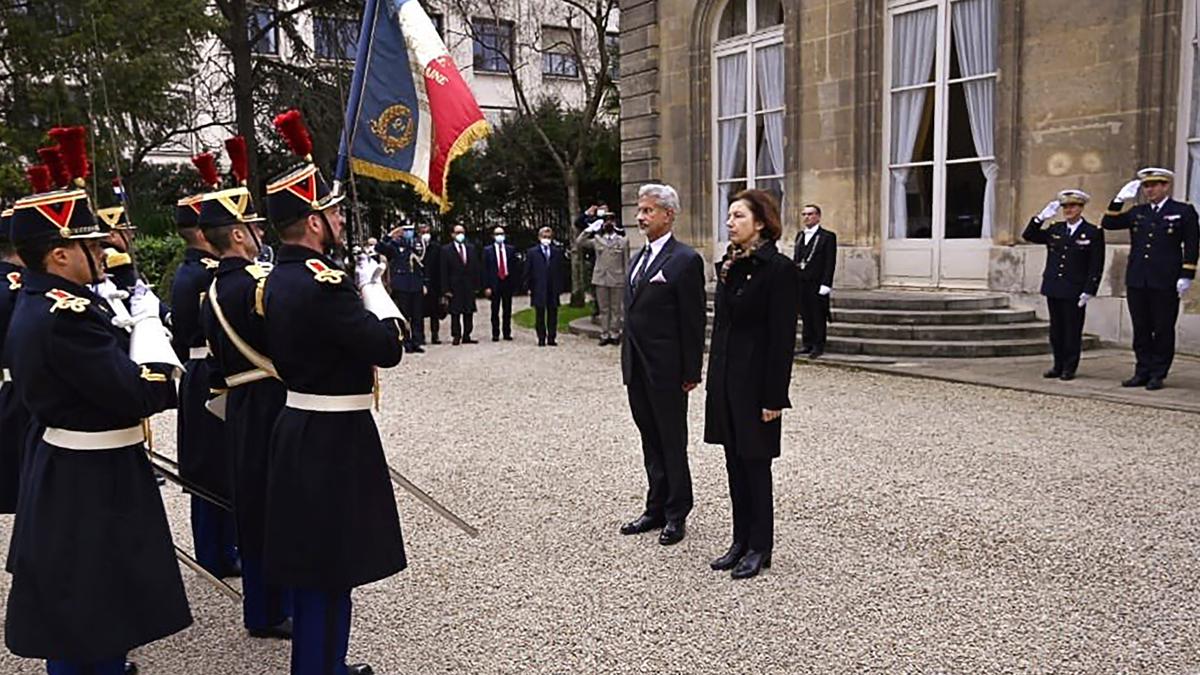Rajendra Chola
Well-known member
Kaveri was not a fresh slate starting point.
Arguably Orpheus (license production, MRO and tinkering) provided the greatest impetus to HAL know-how in the cold war.
After Marut winded up early, there was lot of orpheus engines prematurely retired.... HAL put them to extensive RnD efforts as the precursor of Kaveri program shaped up in 70s - 80s.
The progression was roughly (in 50s - current):
1) Centrifugal and other test beds of the 1950s, GTRE first projects after formation
1960s - 70s:
2) Orpheus and its MRO and parts and lateral network from HAL to GTRE on this
3) Domestically Improved (afterburner) Orpheus with better compressor to handle higher speed regime, not accepted by IAF due to weight
4) Tumansky Turbojet (for Mig 21) and similar process flow to (2) regd this.
5) GTX 37-14U (core) Testbed (and 2nd "B" bypass testbed)
1980s - current:
6) Kabini core and Kaveri project (ongoing) and derivatives/branches from this (HTFE, "Dry" only: Marine, UAV, expendables like Manik)
7) Continued material and process flow absorption by HAL-GTRE ecosystem w.r.t RR-Snecma ecosystem (Adour, Turbomeca, rafale etc) along with local RnD continuation
A small gleam into some of the kaveri precursor era and then project basis:
The Mind of an Engineer eBook : Ghosh, Purnendu, Raj, Baldev: Amazon.ca: Kindle Store
The Mind of an Engineer eBook : Ghosh, Purnendu, Raj, Baldev: Amazon.ca: Kindle Storewww.amazon.ca
Section from R Krishnan (80s resume included: BARC metallurgy head, NCML director, GTRE director) specifically:
(Available on google book preview: https://books.google.com/books?id=Z-MLCwAAQBAJ):
View attachment 37915
@Gessler @Anmdt @Bilal Khan(Quwa) @crixus @Milspec @Yasar @Rajaraja Chola @Zapper @Jackdaws et al.
Getting scientists from Ukraine and Russia during early years of 90's really helped China's defence industry. We could not do it due to our economy's near bankruptcy and having to protect our country's precious foreign exchange.
But Russian engineers were dime a dozen even in early 2000s. We got BrahMos JV deal, while we also could have got Mig29k, engines if we had some more effort. Even today Ukrainian engineers are available for hire.
But it also provides an insight on India's "research" institutions back in 80's.







